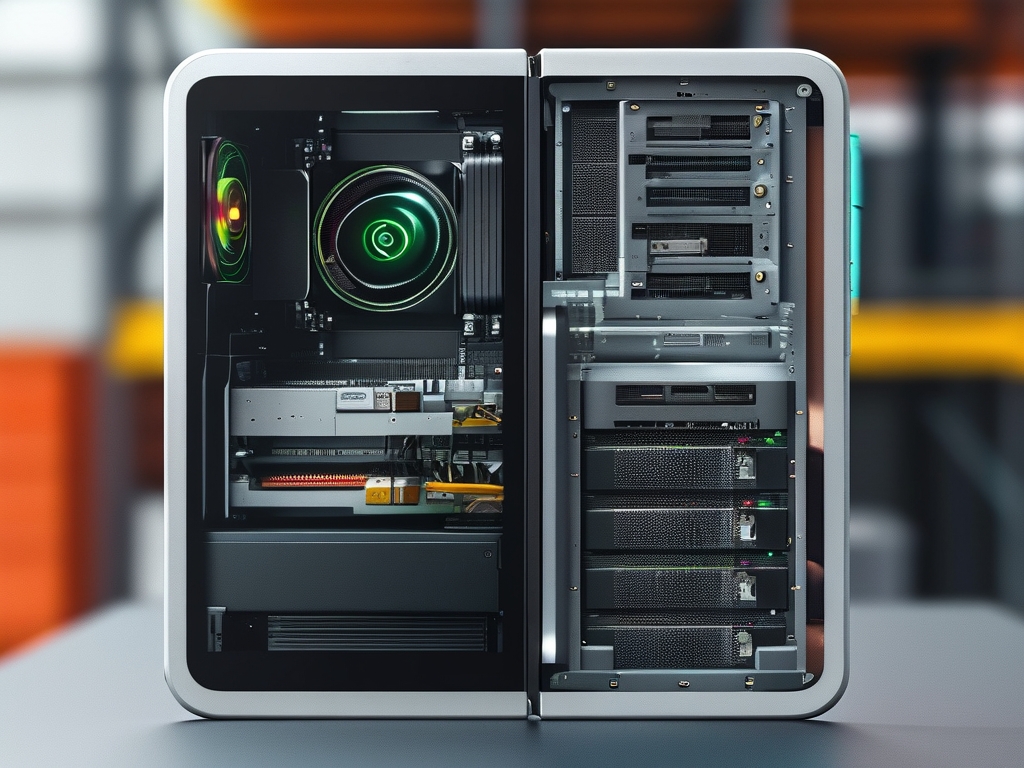The rapid growth of mobile technology and the increasing demand for scalable smartphone testing, deployment, and management solutions have made automated smartphone deployment data centers a critical infrastructure for tech companies, app developers, and telecom providers. Setting up such a facility requires careful planning, integration of hardware and software systems, and adherence to industry best practices. This guide explores the key steps and considerations for configuring an automated smartphone deployment data center.

1. Understanding the Purpose of an Automated Smartphone Deployment Data Center
An automated smartphone deployment data center is designed to streamline the processes of device provisioning, software installation, testing, and quality assurance (QA) for large-scale smartphone fleets. These facilities are essential for:
- App developers: Testing apps across multiple devices and OS versions.
- Enterprises: Managing corporate-owned smartphones with standardized configurations.
- Telecom operators: Preloading carrier-specific software and services.
- Manufacturers: Conducting post-production firmware updates and diagnostics.
Automation eliminates manual intervention, reduces human error, and accelerates deployment cycles.
2. Core Components of the Deployment Setup
A well-configured automated deployment data center includes the following elements:
a. Hardware Infrastructure
- Device Racks and Charging Stations: Modular racks with USB-C/Thunderbolt hubs to hold and charge multiple smartphones simultaneously.
- Robotic Arms or Conveyor Systems: For physically handling devices during testing or reconfiguration (e.g., inserting SIM cards, pressing buttons).
- Network Infrastructure: High-speed Ethernet/Wi-Fi 6/6E networks to ensure seamless communication between devices and servers.
- Server Clusters: On-premises or cloud-based servers to manage workflows, store firmware/software packages, and process analytics.
b. Software Stack
- Device Management Platforms: Tools like Selenium Grid, AWS Device Farm, or proprietary solutions to orchestrate device interactions.
- Automation Frameworks: Scripting tools (e.g., Appium, Espresso) for executing test suites or deployment tasks.
- Version Control Systems: To manage firmware, OS builds, and app versions.
- Monitoring and Analytics: Dashboards to track device status, deployment progress, and error logs.
c. Security and Access Controls
- Physical Security: Biometric access, surveillance cameras, and secure storage for sensitive devices.
- Data Encryption: End-to-end encryption for over-the-air (OTA) updates and data transfers.
- Role-Based Access Control (RBAC): Restricting system access to authorized personnel.
3. Step-by-Step Configuration Process
Step 1: Design the Physical Layout
Optimize the data center floor plan for scalability and workflow efficiency. Group devices by manufacturer, OS version, or testing stage. Ensure proper ventilation and power redundancy to prevent overheating or outages.
Step 2: Deploy Device Management Software
Install a central management platform capable of handling bulk operations. For example, Jenkins can automate test pipelines, while Kubernetes may manage containerized deployment workflows.
Step 3: Configure Network Architecture
Segment the network into VLANs to isolate testing, deployment, and administrative traffic. Implement QoS policies to prioritize critical tasks like OTA updates.
Step 4: Integrate Automation Tools
Develop scripts to automate repetitive tasks:
- Device Provisioning: Automate Wi-Fi setup, account logins, and app installations.
- Testing Pipelines: Run compatibility tests, performance benchmarks, and regression tests.
- Firmware Updates: Schedule batch updates during off-peak hours.
Step 5: Implement Monitoring and Alerts
Use tools like Prometheus or Grafana to monitor device health, server loads, and task completion rates. Set up SMS/email alerts for failures or anomalies.
Step 6: Validate the System
Conduct a pilot deployment with a small batch of devices. Identify bottlenecks, adjust scripts, and refine workflows before scaling up.
4. Challenges and Solutions
- Device Fragmentation: Maintain a device database with OS versions, hardware specs, and compatibility matrices.
- Network Latency: Use edge computing to process data closer to devices.
- Security Risks: Regularly audit access logs and update encryption protocols.
5. Future Trends
- AI-Driven Automation: Machine learning models to predict deployment failures.
- 5G Integration: Leveraging ultra-low latency for real-time device management.
- Green Data Centers: Solar-powered racks and energy-efficient cooling systems.
An automated smartphone deployment data center is a complex yet rewarding investment. By combining robust hardware, intelligent software, and rigorous processes, organizations can achieve unprecedented efficiency in managing smartphone fleets. As technology evolves, continuous optimization and adoption of emerging tools will ensure the facility remains competitive and future-proof.

